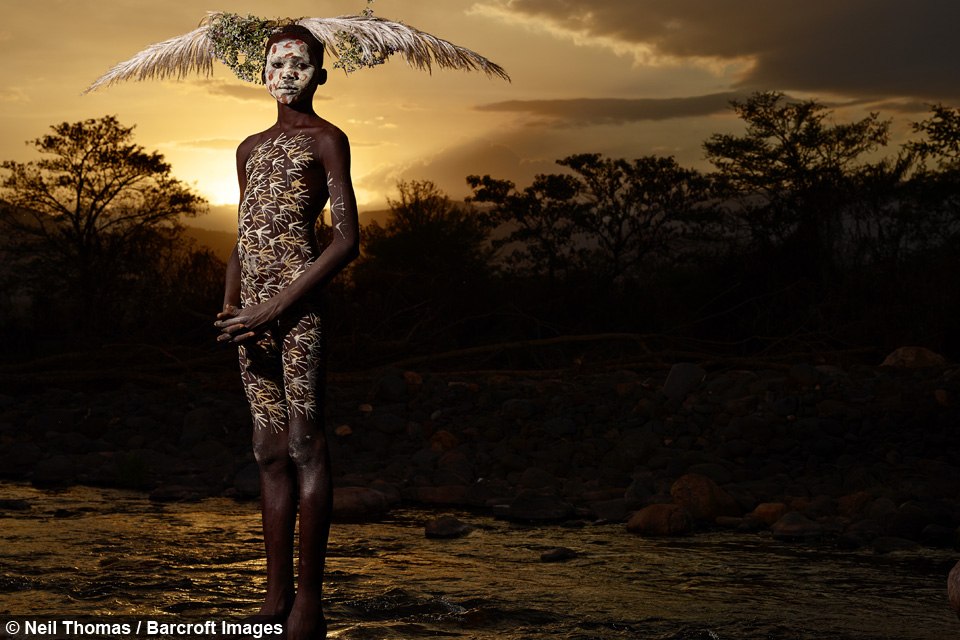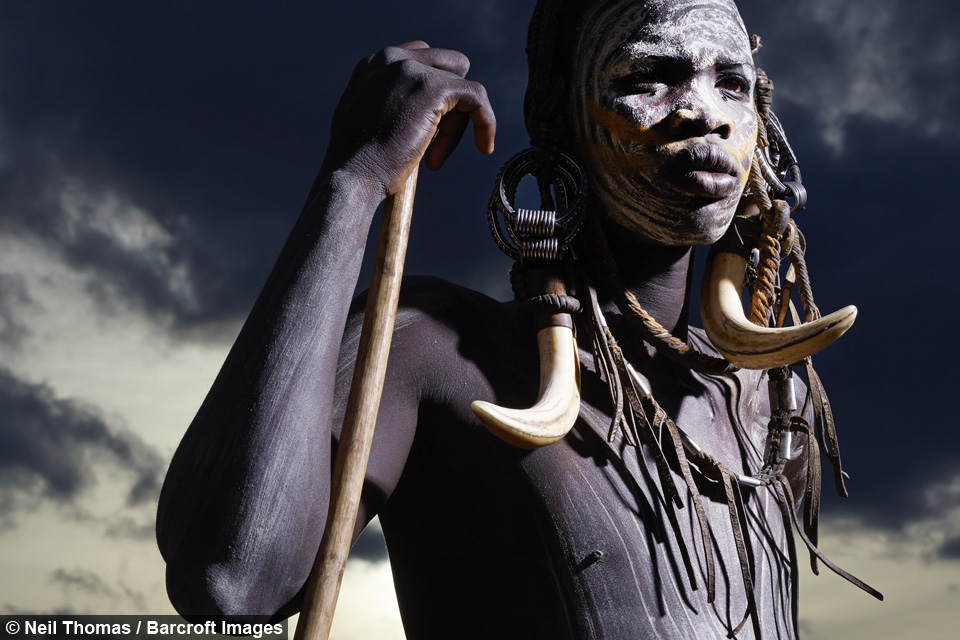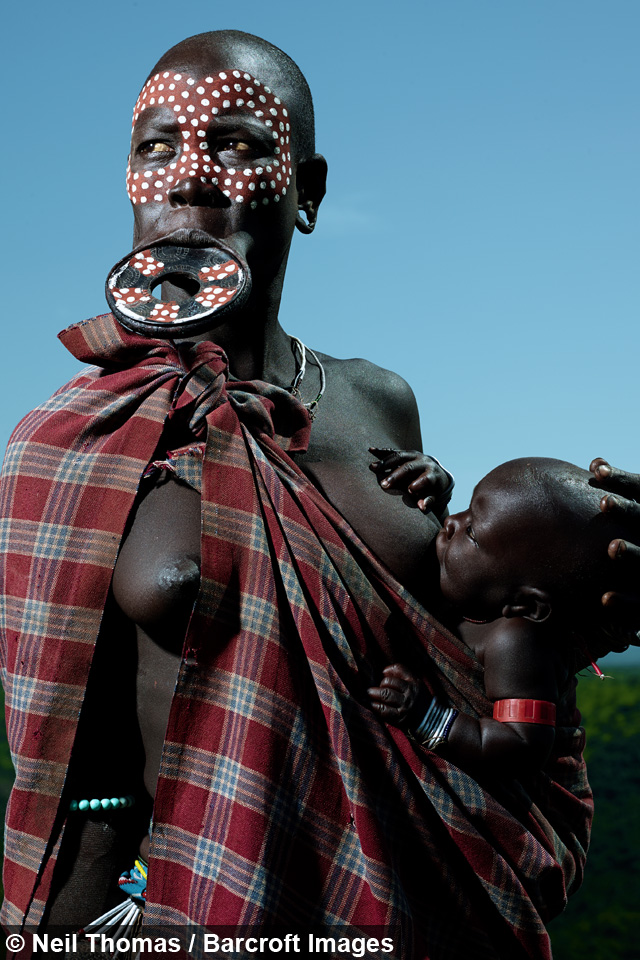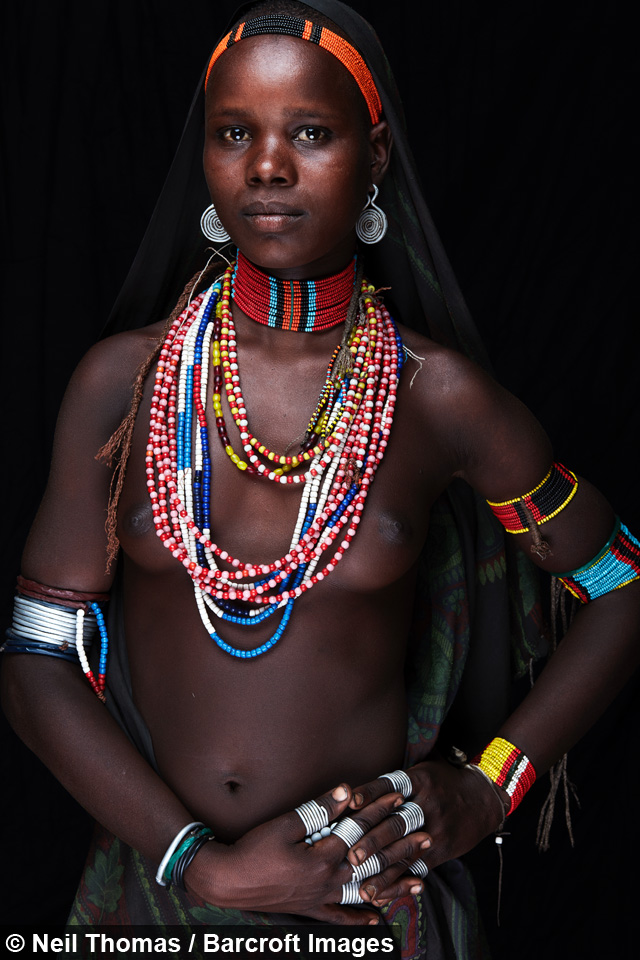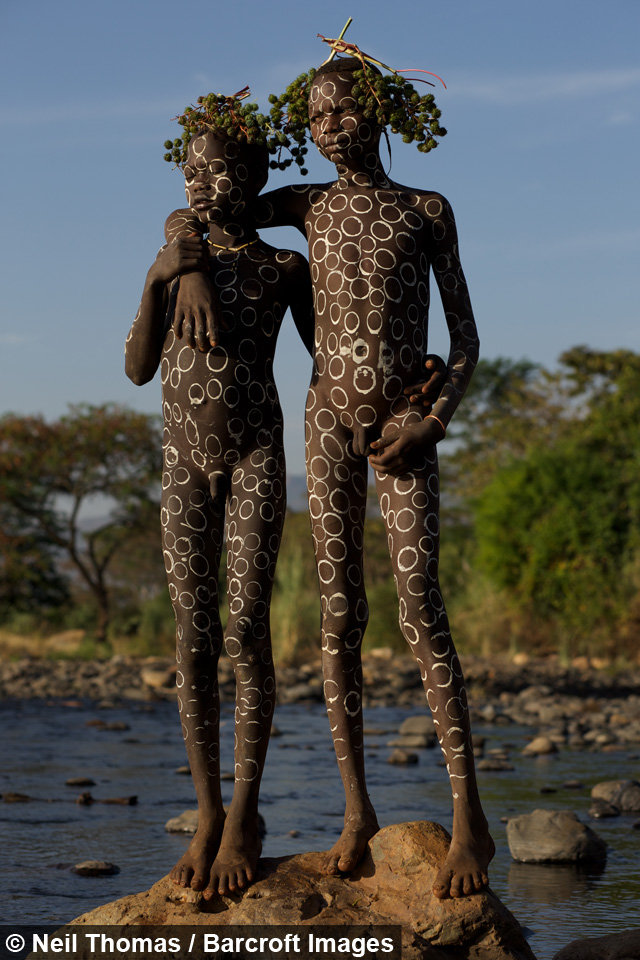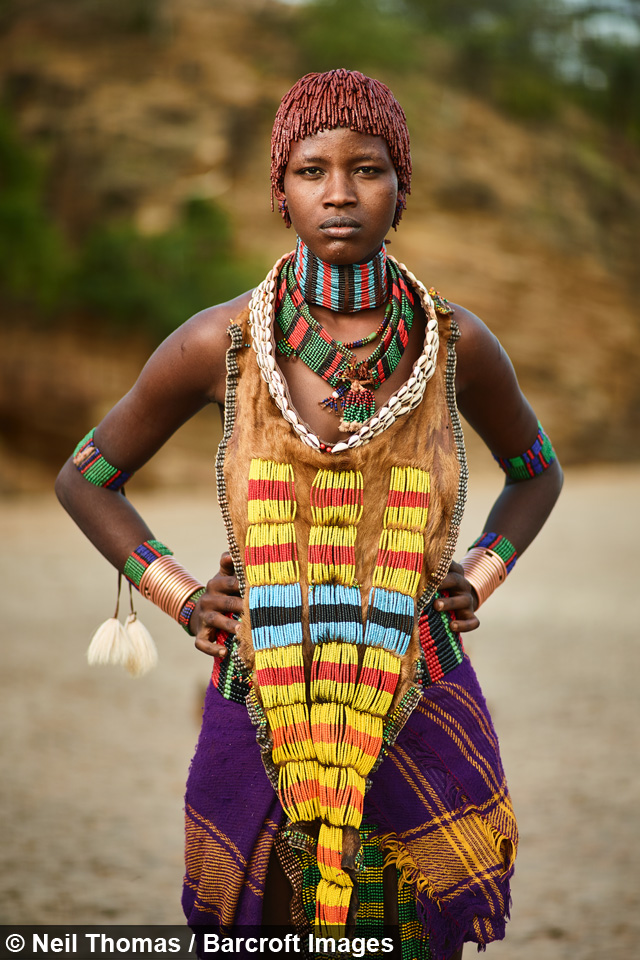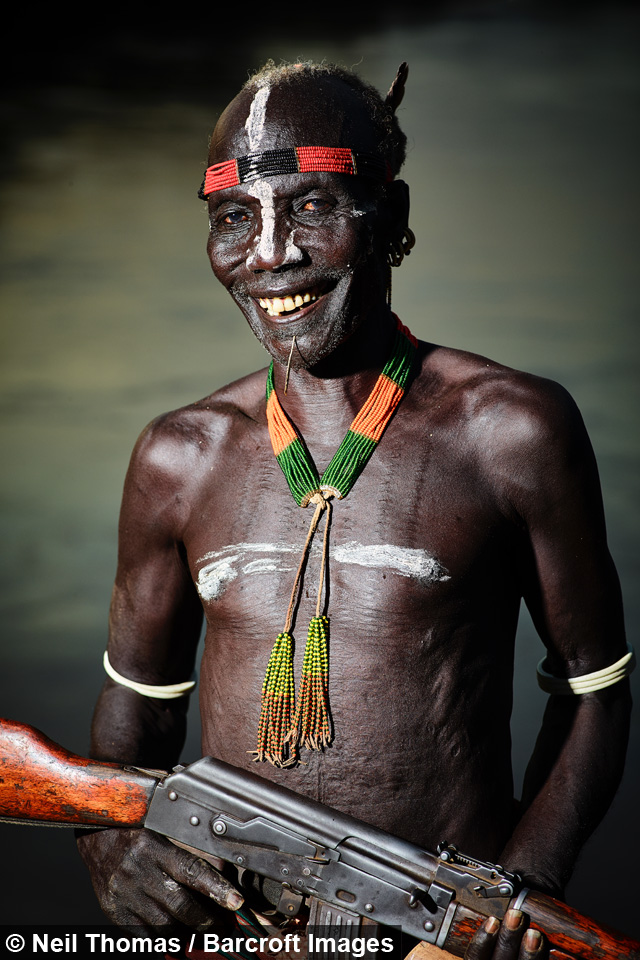Omo Valley: The tribes untouched by the outside world
By Shannon Lane @Shannonroselane
Scroll down for the full story
Approximately 24 indigenous tribes live in South Omo, Ethiopia, whom still retain their cultural traditions and attire.
However, as more Western tourists begin to visit the land lost in time, the modern world is consequently being introduced into the tribe’s culture.
A Kenyan-born photographer called Neil Thomas is striving to document these tribes before they begin to modernize.
Neil Thomas said: “I feel that generations to come will want to know how their forefathers lived and how they looked.
“Although I’ve visited about ten tribes, I keep coming back to six in particular. The Arbore, Dassanech, Hamer, Karo, Mursi and the Suri.”
The women of the Hamer tribe have distinct thick ocre-coloured plaits and huge welts on their bodies from ritual whipping. However, the men also have to endure strenuous ritual ceremonies.
The photographer said: “The most important event in Hamer society is the men’s initiation rite of the jumping of bulls. The initiate, who is stark naked, must jump onto, and run across the backs of about 30 bulls who have been manhandled into a row.”
Perhaps the tribe with the most elaborate body decoration is the Karo. They imitate the plumage of the guinea fowl by dabbing their torsos with white chalk paint before important ceremonies.
The Mursi tribe have a reputation as fierce warriors, due to their intimidating appearance. They are known for their enormous lip stretching plates and animal-horn headpieces.
Neil said: “They are famous for the lip plates that their women wear. A small hole is cut below the bottom lop and progressively stretched until it can accommodate a wooden disc of perhaps six inches in diameter. The tribe believes that the larger the plate, the greater her value when she is married.
“On my repeat trips I feel I am beginning to understand the tribes better and have made friends with many people. This always makes the experience richer.”
